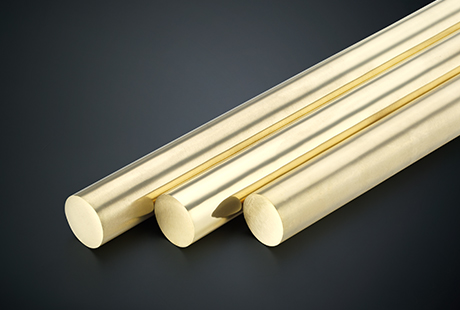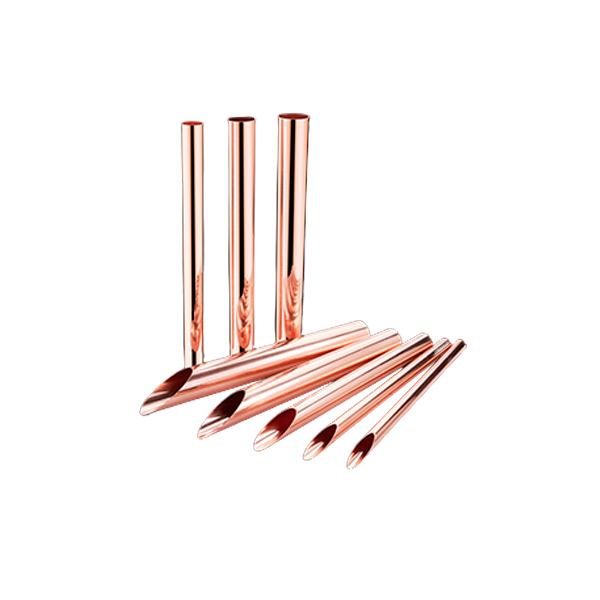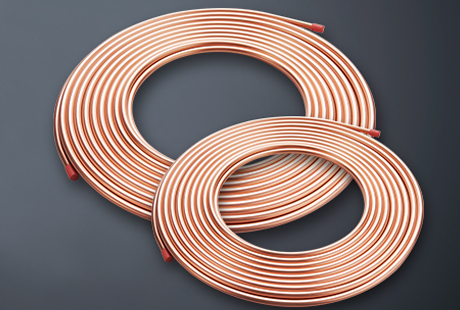Stained glass art is a time-honored craft that has adorned churches, homes, and public spaces for centuries. The intricate designs and vibrant colors of stained glass windows have captured the imagination of many. While stained glass art is known for its beauty, it's also recognized for its intricate construction. One essential technique in this craft is end feed soldering, which plays a crucial role in bringing these exquisite works of art to life.
The Art of Stained Glass: A Brief Introduction
Before delving into the world of end feed soldering, let's take a moment to appreciate the beauty of stained glass art. Stained glass windows, panels, and art pieces are constructed by joining individual glass pieces together using lead came or copper foil. The process of crafting stained glass is a meticulous one, involving cutting, grinding, and, of course, soldering.
The Role of Soldering in Stained Glass Art
Soldering in stained glass art serves two primary purposes: it creates a strong bond between the glass pieces and enhances the structural integrity of the artwork. Additionally, it adds a polished and finished look to the piece, allowing light to shine through the glass, revealing its true beauty. In this blog, we will focus on end feed soldering, a specific soldering technique that is commonly used in stained glass projects.
End Feed Soldering: The Technique Unveiled
End feed soldering is a method where solder is applied to the ends of the copper foil or lead came, securing the glass pieces together. This technique is integral in creating seamless and sturdy joints, which are essential for the longevity and durability of stained glass pieces. Here's how it's done:
Preparation: To start, make sure your glass pieces are properly cut and fit together. The edges to be soldered should be clean and free of any debris.
Flux Application: Apply flux to the seams that need to be soldered. Flux helps the solder flow smoothly and evenly, ensuring a solid bond.
Soldering Iron: Use a soldering iron with a small, precise tip to control the flow of solder. Heat the iron to the appropriate temperature for your solder.
Solder Application: Gently touch the soldering iron to the foil or came, allowing it to melt and flow along the seam. Move the iron smoothly along the joint, applying solder evenly.
Cleaning and Finishing: Once the solder has cooled, inspect the joint for any imperfections. You can use a soldering iron or soldering iron tip to make any necessary adjustments. Afterward, clean the soldered area and apply a patina or finishing compound to give the solder a consistent color and appearance.
Tips for Success and Safety
Always work in a well-ventilated area to prevent inhaling harmful fumes from solder and flux.
Wear safety goggles to protect your eyes from potential solder splatter.
Practice your soldering technique on scrap glass before working on your masterpiece.
Keep your soldering iron clean and well-maintained for optimal performance.
Soldering Your Way to Stained Glass Masterpieces
End feed soldering is a critical skill for any stained glass artist. With precision and practice, you can create intricate stained glass artworks that are not only visually stunning but also structurally sound. The next time you gaze upon a breathtaking stained glass window, you'll have a deeper appreciation for the craftsmanship that goes into creating these enduring pieces of art. So, embrace end feed soldering and craft your stained glass masterpieces with confidence and skill.

 English
English 日本語
日本語 한국어
한국어 français
français Deutsch
Deutsch Español
Español italiano
italiano العربية
العربية tiếng việt
tiếng việt Türkçe
Türkçe ไทย
ไทย 中文
中文




